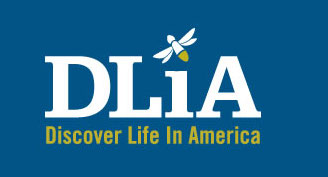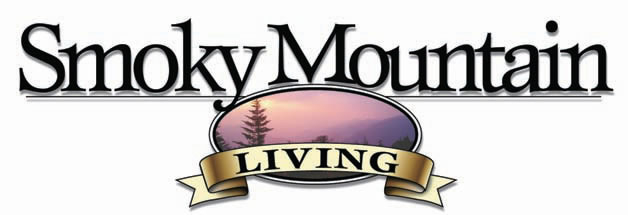 The Lepidoptera TWIG of the Great Smoky Mountains ATBI has successfully used the bioblitz format to construct an increasingly more comprehensive list of species for the park (approaching 1700 spp.). During 2004 and 2005 we started partnering with Dr. Paul Hebert of the University of Guelph to barcode all species from the park. This effort has resulted in over 1000 species being sampled for DNA barcodes and another 300-400 having cryopreserved specimens deposited at the Ambrose Monell Tissue Collection at the American Museum of Natural History ( New York).
The Lepidoptera TWIG of the Great Smoky Mountains ATBI has successfully used the bioblitz format to construct an increasingly more comprehensive list of species for the park (approaching 1700 spp.). During 2004 and 2005 we started partnering with Dr. Paul Hebert of the University of Guelph to barcode all species from the park. This effort has resulted in over 1000 species being sampled for DNA barcodes and another 300-400 having cryopreserved specimens deposited at the Ambrose Monell Tissue Collection at the American Museum of Natural History ( New York).
Great Smoky Mountains National Park and DLIA has taken the lead in barcoding Lepidoptera in North America. This effort will have far reaching impacts on ecological and systematic studies. Already many species in eastern North America can be identified at any lifestage because of barcoding over the last two years (currently about 2/3 of the known species in the park). This could be invaluable in monitoring efforts, particularly in evaluating the effect of introduced parasitoids on non-target species. Barcoding has also revealed cases of potential cryptic species within the Smokies fauna, particularly in species that are distributed over a large geographic area. The same phenomenon has been noted in the Costa Rican fauna, also first indicated by barcoding efforts (Hajibabaei et al. 2006, Hebert et al. 2004).
Our survey efforts have resulted in a large database of over 21,000 records, near all georeferenced.
 All records have been submitted to DLIA and the park for inclusion in the master database. We hope to have this on-line in the near future to facilitate creating distribution maps and correlating species with specialize habitats. Data from the Lepidoptera survey has been published in several papers (Wagner 2005, Pogue 2005, in press) with additional publications in various stages of completion. These include papers on the use of bioblitzes in survey efforts, a list of Lepidoptera known from the park, and species descriptions (e.g. new Ligdia sp.).
All records have been submitted to DLIA and the park for inclusion in the master database. We hope to have this on-line in the near future to facilitate creating distribution maps and correlating species with specialize habitats. Data from the Lepidoptera survey has been published in several papers (Wagner 2005, Pogue 2005, in press) with additional publications in various stages of completion. These include papers on the use of bioblitzes in survey efforts, a list of Lepidoptera known from the park, and species descriptions (e.g. new Ligdia sp.).
Up to this point we have conducted major collecting efforts (3 large bioblitzes and 2 smaller efforts) in May, June and July, but have not been able to schedule later season trips (except individual efforts). We propose a mid-August blitz modeled after the 2005 effort. This effort was an open-ended, five-day collecting trip with the goal of improving our coverage of barcoded species. This trip was very successful, with about 400 species and 1000 individuals barcoded. Even with our intense earlier efforts, we still recorded several new records for the park, particularly in groups with small moths. Because we have not sampled intensely during the later season, we anticipate that an August effort will result in additional new records, as well as significantly adding to the barcoding coverage for the park. Our ultimate goal is to have all known park species barcoded so that information is retrievable in any lifestage.
As in past blitzes, the main expense to successfully complete the project will be travel for participants. We propose to fund travel for a team from Dr. Hebert’s lab to coordinate DNA sample collection and imaging of specimens. We will again invite staff from the AMNH to do cryopreservation of specimens. In addition, we will invite taxonomic experts to process and identify samples and encourage graduate and undergraduate student participation. A complete voucher set of all species taken at the blitz will be preserved and barcoded. As in the past, many participants will provide their own travel funds, and most scientists will fund an assistant for the effort. Both the Hebert lab and the AMNH have funded a portion of their expenses in past blitzes, and will likely be able to do the same during 2006. The amounts indicated for these groups reflect these contributions.
Principal Investigator
PI Name: Dr. Brian Scholtens
PI Organization: College of Charleston, SC
Co-investigator #1
Co-PI Name: Dr. David Wagner
Co-PI Organization: University of Connecticut
Primary Taxonomist
Taxonomist Name: Dr. Brian Scholtens
Taxonomist Organization: College of Charleston, SC

























